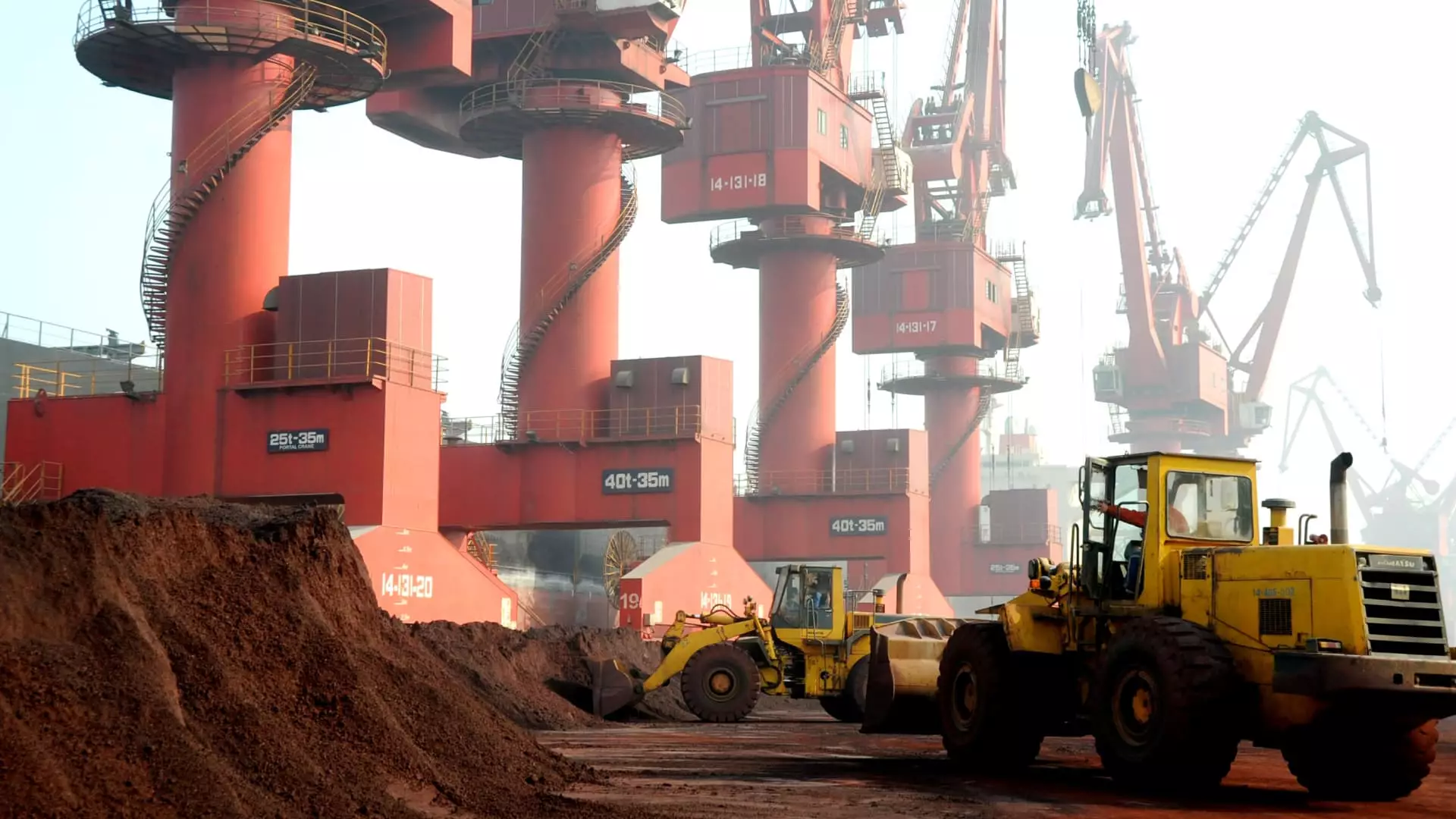Tungsten, a critical metal renowned for its impressive hardness and resistance to heat, is integral to various industries, including defense and electronics. This metal, often cloaked in obscurity, underpins the functioning of weapons systems and semiconductor technologies. Its utility makes the geopolitical landscape surrounding tungsten particularly interesting, especially as new export regulations from China come into play. As the world’s largest supplier, China has long dominated the tungsten market, but recent decisions may signal a transformative shift in global supply chains.
Effective December 1, China will impose new export licensing requirements on tungsten and related mineral products. This serves as a stark contrast to the country’s historical approach, where it flooded international markets with affordable tungsten, thus ousting competition and establishing an 80% monopoly over the global supply chain. These new restrictions ostensibly stem from China’s focus on dual-use goods, which have defense as well as civilian applications.
Analysts have noted that this abrupt transition may be too little, too late. Christopher Ecclestone of Hallgarten & Company remarked that the shift occurs at a time when demand for tungsten outside of China is surging, partly due to rising geopolitical tensions and the growing need for alternative sources. In anticipation of reduced availability from Chinese sources, countries like the U.S. are looking to bolster their domestic production capacity.
As U.S.-China relations continue to deteriorate, the demand for tungsten sourced from outside China is reaching new heights. For instance, the U.S. Defense Department’s decision to prohibit contractors from purchasing Chinese-mined tungsten starting January 1, 2027, signals a strategic pivot aimed at reducing dependency on Chinese resources. U.S. tariffs on tungsten imports from China, which were raised by 25% in September, further emphasize this decoupling. Support for these tariffs from domestic manufacturers underscores a growing desire to revitalize American mining operations that have remained dormant since 2015.
With international markets reacting cautiously to China’s restriction announcement, experts posit that profitability in tungsten mining will depend on price stability. Analysts estimate that for significant mining operations to resume, prices would need to exceed current levels, potentially by as much as $50 per metric ton.
While China tightens its grip on tungsten exports, new mining operations are gearing up in other regions. Almonty Industries, a Canadian firm, is on the verge of reopening the Sangdong tungsten mine in South Korea, a project that has remained stagnant since its closure in 1994. Almonty’s actions signal an uptick in global production capabilities. Their aim to restore Sangdong to significant output by summer 2025 highlights a broader trend where nations are seeking to develop reliable domestic and alternative sources for tungsten and other critical minerals.
In addition to revitalizing abandoned sites, emerging projects across countries like Kazakhstan, Australia, and Spain are also ramping up to meet the impending demand. Notably, the Sangdong project’s success is expected to lead to job creation and stimulate local economies, demonstrating the broader economic implications of tungsten mining.
In the face of China’s export regulations, strategies like “friendshoring” are being explored. The U.S. Geological Survey reported that approximately 100 sites across 12 states in the U.S. could potentially yield significant tungsten reserves, indicating a glimmer of hope for domestic production. However, it remains a challenge to revitalize these mining operations effectively and responsibly.
For instance, the recent acquisition of the IMA tungsten mine in Idaho by Demesne Resources reflects a growing interest among companies to tap into North American tungsten reserves. Although it may take time to ramp up production to meet domestic needs, such initiatives lay the groundwork for a more robust and independent supply chain for tungsten in the future.
As the dynamics of the tungsten market shift with China’s impending regulations, both challenges and opportunities emerge. Nations around the globe are being prompted to reassess their dependency on Chinese supplies, which can potentially reshape the landscape of tungsten mining and trade. The combination of heightened demand, renewed investment in mining infrastructure, and regulatory changes may create a new global order for tungsten, one that prioritizes both resilience and sustainability in the critical minerals sector. As the world awaits the historical impacts of these changes, it’s clear that the future of tungsten supply chains will not only dictate the metal’s availability but will also herald a new era in geopolitical relations and economic collaboration.

